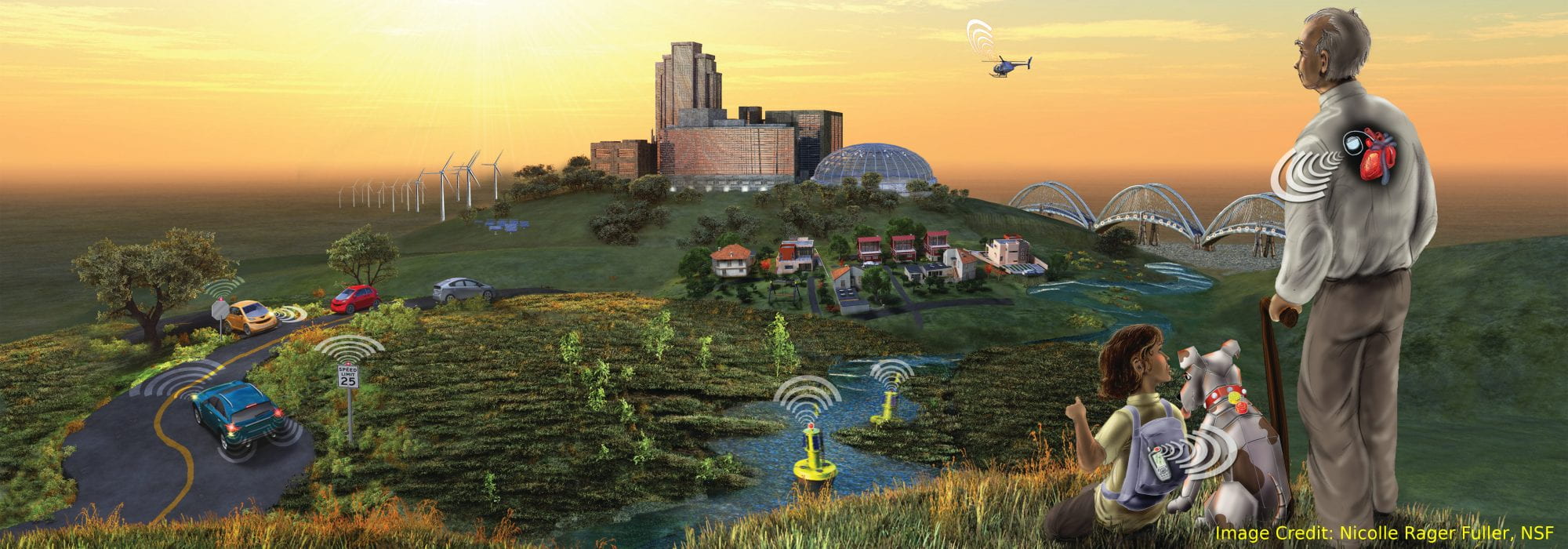Welcome to the REU site on Smart & Connected communities!
Our REU site concluded its operation in summer 2021 and it is now closed.
If you are looking for other REU site opportunities, please visit the NSF website.
Site Overview
This Research Experience for Undergraduates (REU) Site engages students in research in the emerging area of Smart & Connected Communities (S&CC), the essential building blocks of smart cities.
This summer Research Experiences for Undergraduates (REU) is open to 10 undergraduates from across the U.S. to be held at Texas State University for 10 weeks over the summer. Funding ($5000 stipend plus additional benefits) is provided from an NSF CISE award*.
Women, veterans, underrepresented minorities, and students from primarily teaching universities and colleges are especially encouraged to apply. Over this summer experience, students will be mentored by experienced faculty members and engaged in various activities that include technical seminars and workshops, student presentations, and professional development opportunities. These activities are carried out in an intellectual environment that develops the students’ professional careers by enhancing their technical, communication, and social skills.
Research
The research component in this REU Site falls along three main thrusts in building the next generation of information and communication technologies supporting the development of S&CC:
- Developing models, mechanisms, and tools for smart human-environment interactions to monitor and protect smart infrastructure against accidental failures and malicious attacks.
- Developing new methods for collecting and analyzing various types of data ranging from human biosignals to activity and crowd-sourcing data, to promote the health and well-being of citizens in urban settings.
- Developing novel scheduling and monitoring methods for intelligent transportation systems that would decrease congestion, promote safety and reduce adverse environmental impacts in urban settings. Evaluation of the proposed methods is done through theoretical and numerical analysis, simulation experiments, and real implementations with various devices, sensors, and robots.
*This project is supported by the National Science Foundation under Grant No. 1757893. Any opinions, findings, and conclusions or recommendations expressed in this material are those of the author(s) and do not necessarily reflect the views of the National Science Foundation.
